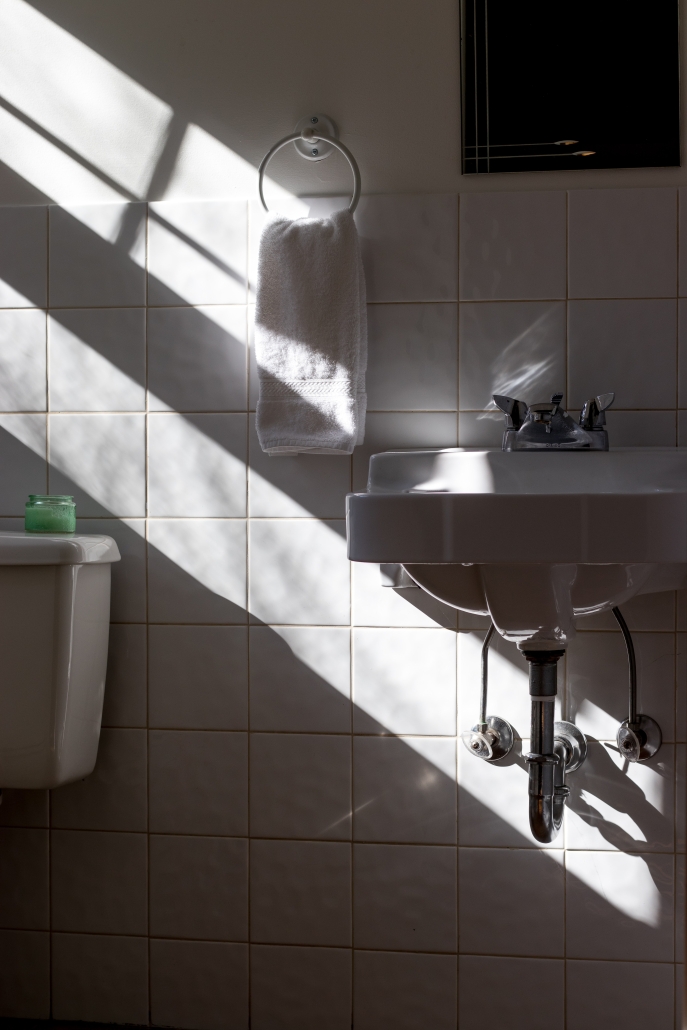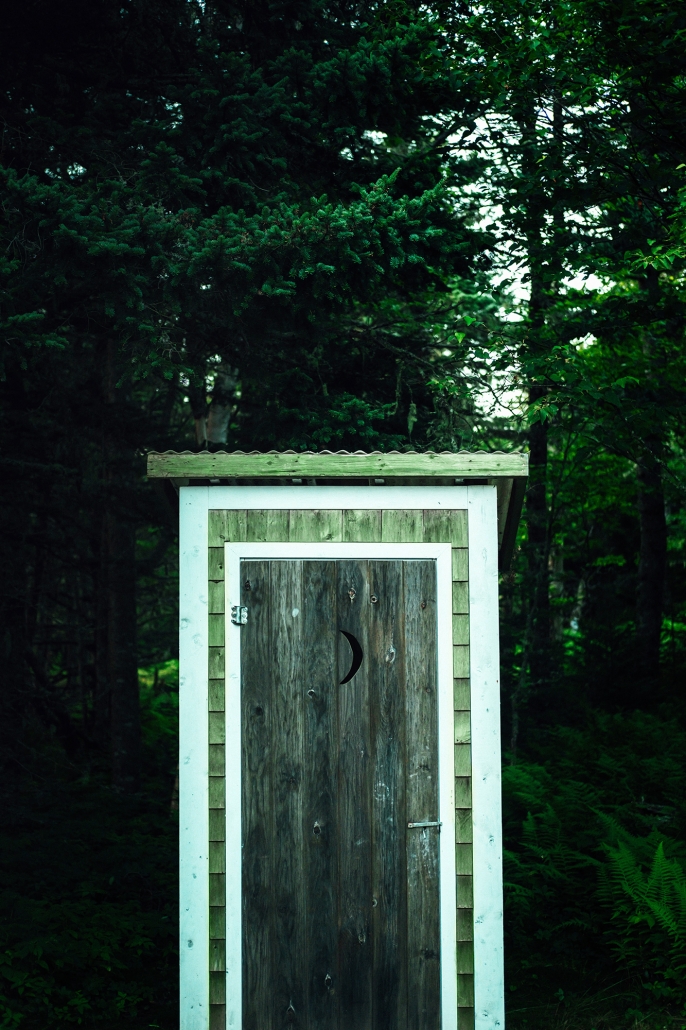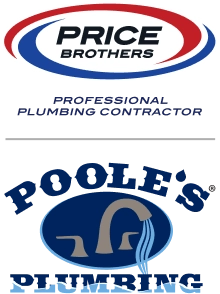How to properly flush your plumbing system

If you have a clogged drain, the first thing you should do is try flushing it with hot water. You may also use a plunger to try and dislodge the clog. If neither of these methods works, you may need to call a plumber.
When it comes to flushing your home's plumbing, you can do a few things to keep things running smoothly. Before you begin, you should always know where your main water shut-off valve is. This will come in handy if you ever experience a leak or clog. Then you should get familiar with the different types of plumbing fixtures in your home and how to maintain them properly. Third, always have a plunger handy for clogs. And fourth, know when to call a professional plumber. By following these simple tips, you can avoid many common plumbing problems.
However, many individuals don't think much about their plumbing system until something goes wrong. But keeping your pipes and drains clean and free of debris is essential for the longevity and efficiency of your system. One of the best ways is to flush your plumbing system periodically.
Here's a quick guide on how to flush your dishwasher and shower plumbing from a plumber's perspective:
1. Start by disconnecting the dishwasher from the power source. Then, remove the hose from the dishwasher to the kitchen sink faucet.
2. Place a bucket under the kitchen sink faucet to catch any water that may come out when you remove the hose.
3. You should use a pair of pliers to remove the aerator from the end of the kitchen sink faucet. This is the small screen that helps to control water flow.
4. Once the aerator is removed, place it in the bucket.
5. Turn on the cold water at the kitchen sink faucet and let it run for two minutes. This will help to flush any debris that may be in the line.
6. Next, disconnect the hose from the back of the dishwasher and place it in the bucket as well.
7. Now, turn on the dishwasher and let it run through a complete cycle. This will help to flush any remaining debris from the lines.
8. Once the dishwasher cycle is complete, reattach the hose to the back of the dishwasher and reconnect it to the power source.
9. Run a final rinse cycle to ensure that the lines are clear.
10. Repeat this process periodically to help keep your plumbing system running smoothly.
Flushing your shower plumbing is slightly different from flushing your dishwasher but just as important. Here's how to do it:
1. Start by disconnecting the showerhead from the water supply line. Most showerheads have a small knob or lever that needs to be turned to loosen it.
2. Place a bucket under the showerhead to catch any water when you remove it.
3. Use a pair of pliers to remove the aerator from the end of the showerhead. This is the small screen that helps to control water flow.
4. Once the aerator is removed, place it in the bucket.
5. Turn on the cold water in the shower and let it run for two minutes. This will help to flush any debris that may be in the line.
6. Next, disconnect the hose from the back of the showerhead and place it in the bucket.
7. Now, turn on the shower and let it run for a few minutes. This will help to flush any remaining debris from the lines.
8. Once the shower cycle is complete, reattach the hose to the back of the showerhead and turn on the water supply.
9. Run a final rinse cycle to ensure that the lines are clear.
10. Repeat this process periodically to help keep your plumbing system running smoothly.
Following these simple tips, you can help keep your plumbing system clean and free of debris, extending the life of your pipes and fixtures and keeping your home running smoothly.
So don't wait until something goes wrong - flush your plumbing today!






